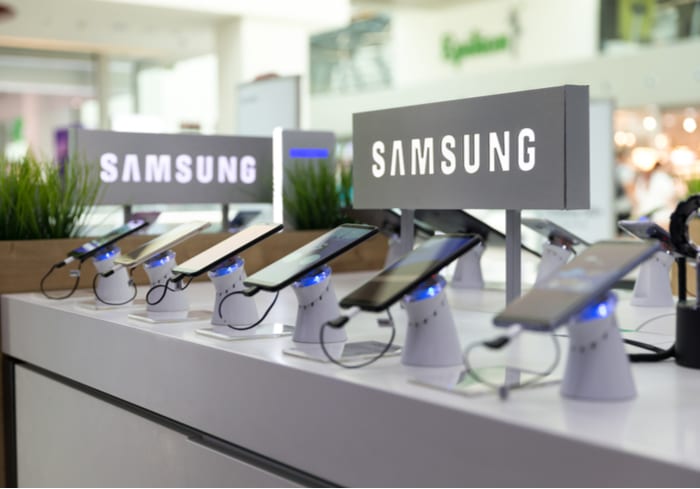
Apple’s reign as the world’s top smartphone maker was short-lived.
The iPhone maker supplanted Samsung late last year as the number-one seller of the devices, though Samsung regained the crown during this year’s first quarter, according to a report Sunday (April 14) by IDC.
That report shows Apple’s iPhone shipments declining and points to a broader recovery in the smartphone market — with shipments up 7.8% year over year to 289.4 million units in the first quarter — although IDC said some turbulence is to still be expected.
“The smartphone market is emerging from the turbulence of the last two years both stronger and changed,” Nabila Popal, research director with IDC’s Worldwide Tracker team, said in a news release.
“Firstly, we continue to see growth in value and average selling prices (ASPs) as consumers opt for more expensive devices knowing they will hold onto their devices longer. Secondly, there is a shift in power among the Top 5 companies, which will likely continue as market players adjust their strategies in a post-recovery world.”
That top five includes Samsung and Apple, followed by three Chinese consumer electronics companies: Xiaomi, Transsion, and OPPO. Both Xiaomi and Transsion gained market share year over year, the report said, while Samsung’s and Apple’s market share declined a respective 0.7% and 9.6%.
Apple briefly became the world’s top smartphone company in late 2023, supplanting Samsung for the first time in 13 years. During the first quarter of this year, Apple shipped 50.1 million phones, down from 55.4 during the same quarter last year.
This decline is happening as Apple continues to face pressure in China, one of its most important markets.
February brought reports that resellers in China were offering big markdowns on the latest edition of the iPhone. The phone debuted in September but hasn’t sold as well as previous versions, due partially to economic pressures and competition from China-based rival Huawei.
“Apple is catching up with the ‘deflation’ trend in China, intending to boost the demand for iPhones,” IDC analyst Will Wong told Bloomberg News last month.
“Based on IDC’s preliminary January data, the pressure was mainly coming from other Android vendors as we saw Apple decline by around 10% year-on-year in the month while Huawei grew triple-digits over the same period.”